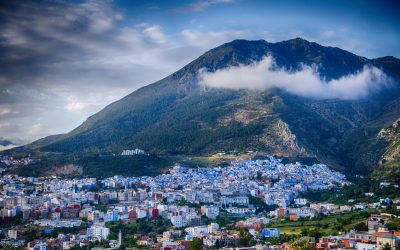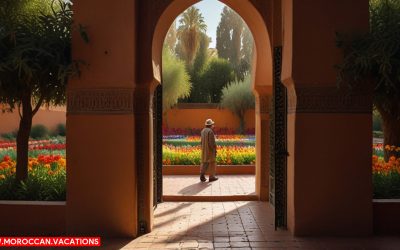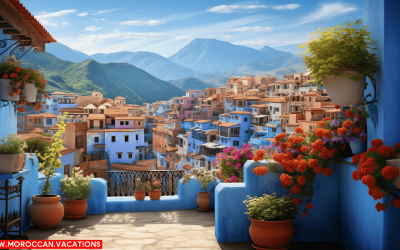Sahara’s Breathtaking Terrain
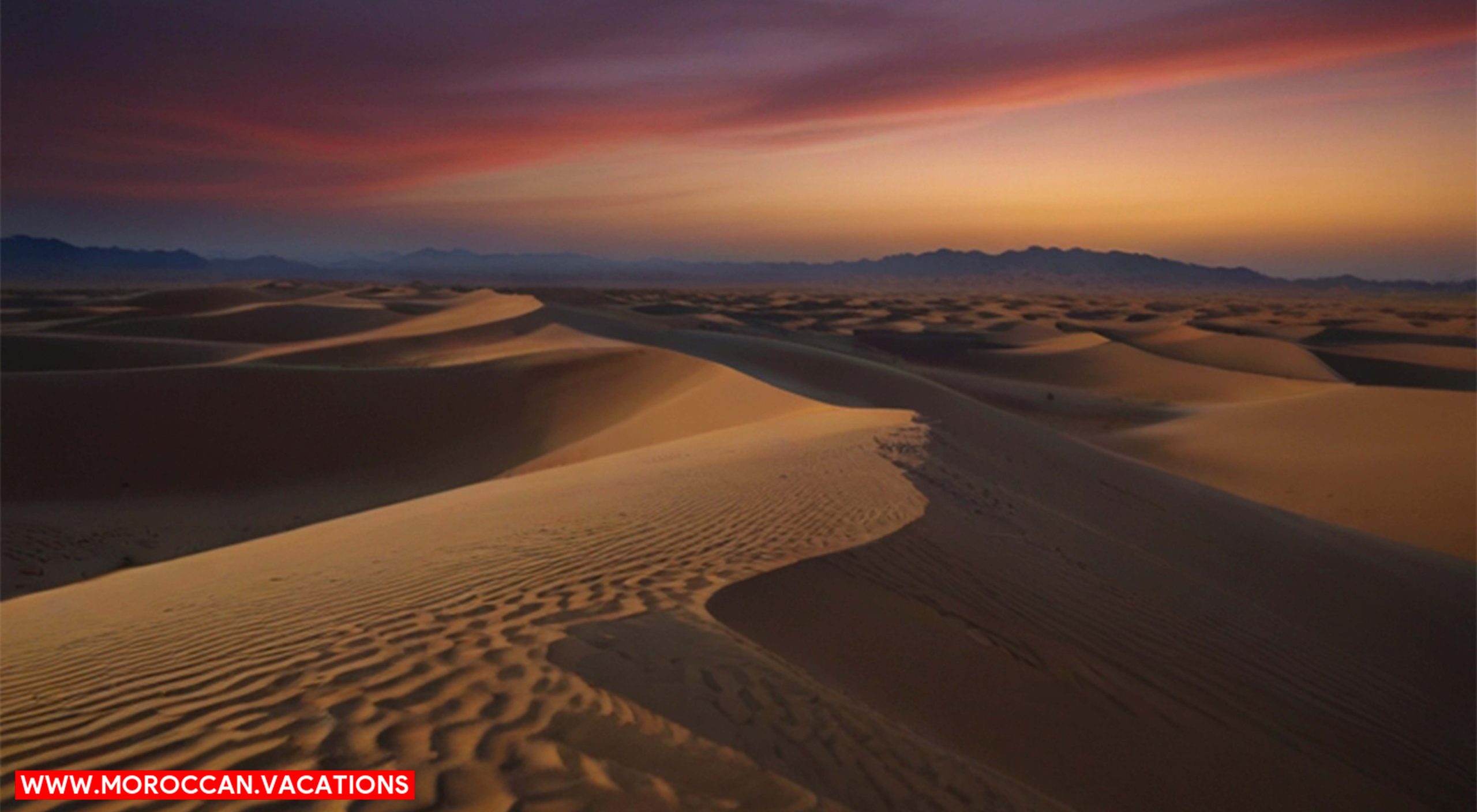

You’re about to embark on a Sahara Lens Odyssey. As an avid photographer, you’re not just snapping pictures; you’re narrating stories of resilience and beauty. Imagine capturing the glory of the Sahara, from radiant sunrises to nomadic tribes. This guide is your compass, revealing picturesque locales and best techniques. Get set to transform your photography tour into a thrilling adventure. Welcome to ‘Sahara Lens Odyssey: A Guide to Photography Tours’.
The breathtaking terrain of the Sahara offers you an unmatched canvas for your photography endeavors. Here, the vast, sun-kissed dunes ripple endlessly into the horizon, a testament to nature’s artistry. You’ll find the sahara lens odyssey a journey of discovery, a challenge of perception, and an adventure in storytelling.
Your lens will capture diverse landscapes in the Sahara, from the stark, barren salt flats to the vibrant, bustling markets that punctuate this arid wilderness. Each shot you take, each perspective you adopt, adds another layer to your crafting sahara photography story.
Imagine the stirring silhouette of a lone camel against the setting sun, or the intricate patterns of wind-raked sand. Envision the compelling contrast between the Sahara’s untouched wilderness and its lively human settlements. You’re not just snapping pictures; you’re weaving a narrative, a rich tapestry of light, shadow, and color that encapsulates the spirit of the Sahara.
Portraying Sahara’s Wildlife
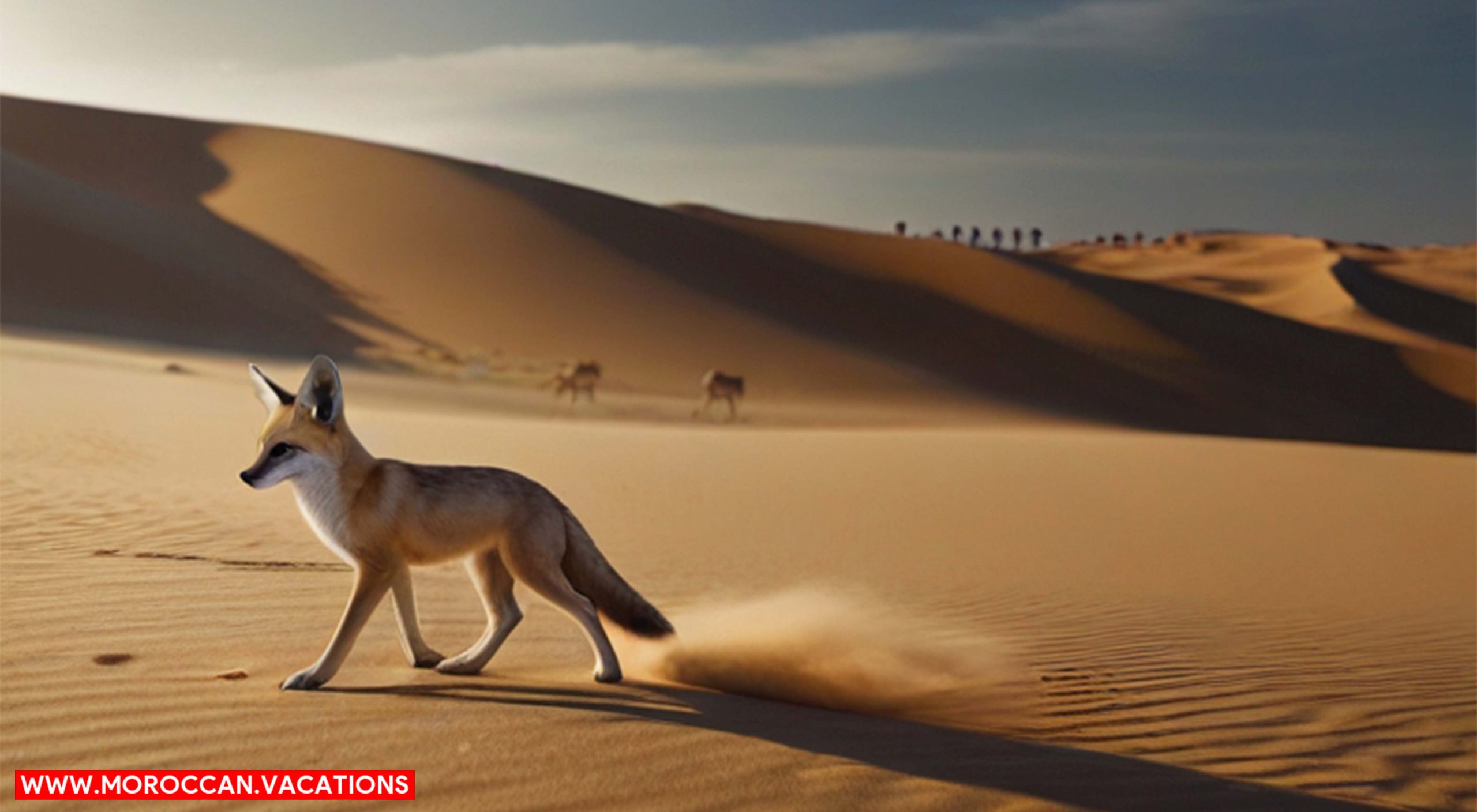

You’re about to enter the realm of portraying Sahara’s wildlife, a dynamic and thrilling aspect of your photography tour. Imagine capturing desert species in their natural habitat, using expert wildlife photography techniques to convey the raw beauty of Sahara’s fauna. We’ll also discuss the importance of ethical wildlife photography, ensuring that your unique snapshots respect and preserve these spectacular creatures.
Capturing Desert Species
In your Sahara photography tour, you’ll encounter a myriad of desert species, each adding a unique element to your creative canvas. This diverse wildlife offers opportunities for capturing cultural nuances within the natural world. Here’s how:
- Observe: Spend time watching the animals. Their behaviors can reveal fascinating cultural nuances.
- Patience: Wait for the perfect moment. It’s worth it for that one breathtaking shot.
- Respect: Keep a safe distance. Your goal is to capture their world without disturbing it.
- Experiment: Try different angles and light settings. You’ll be surprised at what you can capture.
Wildlife Photography Techniques
Building on from your encounters with desert species, let’s delve into some effective wildlife photography techniques that’ll enable you to portray Sahara’s wildlife in a compelling manner. Capturing the essence of wildlife in the Sahara requires patience, timing, and knowledge of animal behavior.
Here are some techniques to consider:
| Technique | Description |
|---|---|
| Framing | Use the desert’s natural elements to frame your subject, enhancing the overall composition. |
| Lighting | Utilize the soft desert light at dawn or dusk for the best results. |
| Perspective | Get on the animal’s eye-level to capture its world. |
| Timing | Understand the animal’s behavior for the perfect shot. |
| Storytelling | Each image should tell a story about the animal’s life in the Sahara. |
Practice these techniques and your Sahara wildlife photos will be truly captivating.
Ethical Wildlife Photography
Now, while honing your wildlife photography techniques, it’s crucial that you also develop a deep respect for the desert’s inhabitants, embracing ethical wildlife photography as your guiding principle. The Sahara, with its diverse wildlife, offers unique photo opportunities that should be approached with responsibility and care.
- Respect wildlife habitats: Avoid disrupting animals or their surroundings. Leave no trace behind.
- Maintain a safe distance: Observe animals from afar to avoid stressing them or altering their natural behavior.
- Never feed animals: Feeding alters their natural behaviors and can lead to unhealthy diet dependency.
- Educate others: Share the importance of ethical wildlife photography with fellow travelers.
The Golden Hour: Sahara’s Light
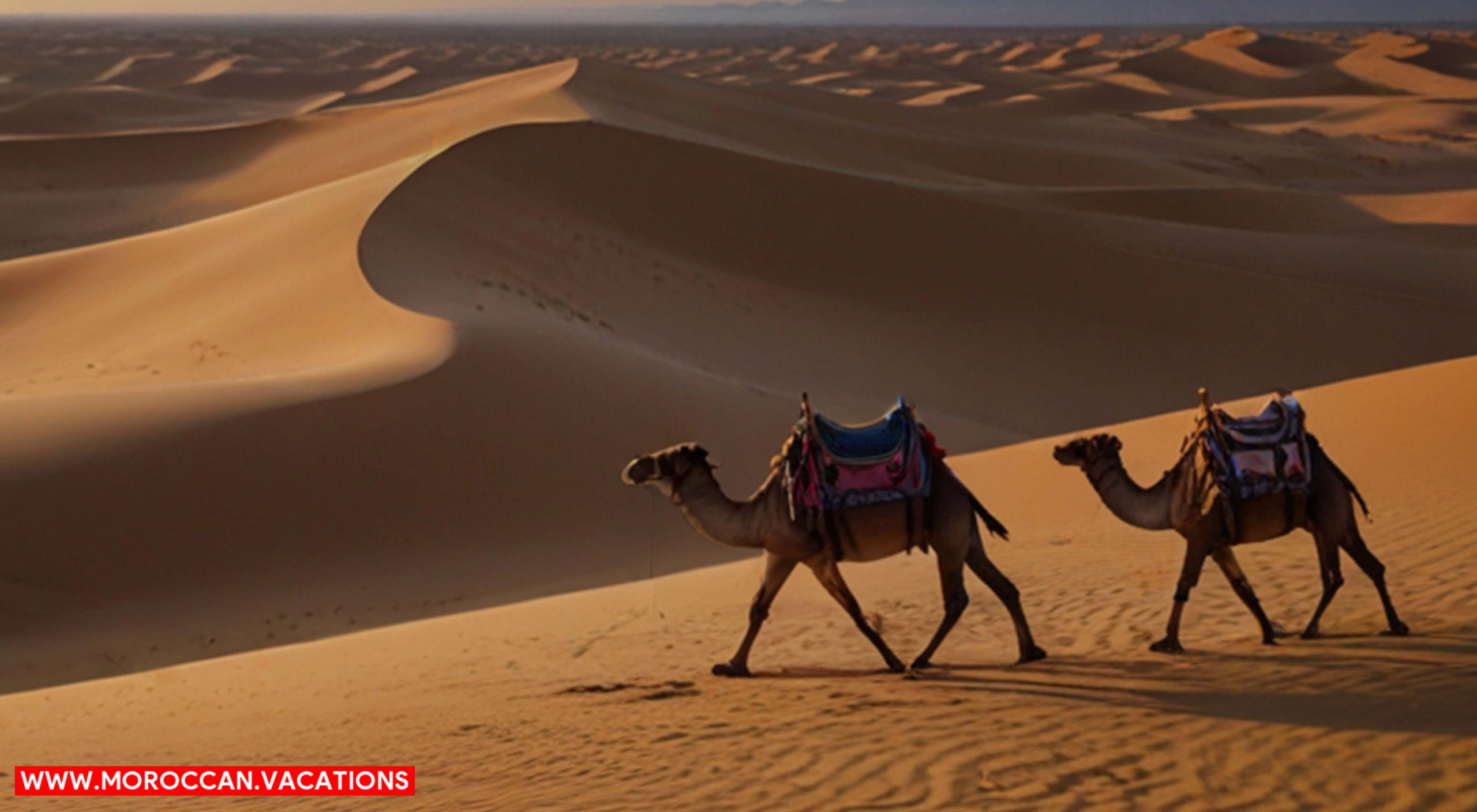

As you journey through the Sahara, the ‘Golden Hour’ provides a unique opportunity to capture stunning photographs. The play of light during this period challenges you, but with the right techniques, you can transform these challenges into your masterpiece. Let’s explore how to catch the Sahara’s golden hour and the techniques that will elevate your photography to the next level.
Capturing Sahara’s Golden Hour
In the midst of the Sahara, you’ll find the golden hour, a time when the desert’s light is at its most enchanting, transforming the scenery into a photographer’s dream. This magical time is perfect for capturing the Sahara’s raw beauty. Here’s how:
- Scout your location: Look for sand dunes that’ll glow under the golden sunlight.
- Set your camera: Adjust your settings to balance the intense light and shadow contrasts.
- Frame your shot: Use the sinuous lines of the dunes to guide the viewer’s eye.
- Be patient: Wait for the right moment. The desert’s mood changes rapidly, rewarding the patient photographer.
With these tips, you’re ready to capture your own golden hour in the Sahara. Embrace the freedom of the desert, and let your creativity fly.
Light Challenges and Solutions
Tackling the Sahara’s unique lighting conditions during the golden hour might challenge you, but understanding these obstacles and knowing how to overcome them can enhance your photography skills immensely. The golden hour’s light, although breathtaking, can be elusive and transient. It’s vital to anticipate the rapid changes in light intensity and color temperature. The sun casts long, dramatic shadows, creating a stark contrast between light and dark areas. This can overexpose or underexpose your shots. But don’t worry, you’ve got solutions. Use exposure compensation to adjust your camera’s light metering. A graduated neutral density filter can balance the exposure between the sky and the land. Remember, in photography, every challenge is an opportunity to create something extraordinary.
Golden Hour Techniques
You’ll find that the Sahara’s golden hour offers three key techniques to master: understanding light direction, predicting color changes, and utilizing shadow depth. Here’s a quick list to help you grasp these techniques:
- Understanding Light Direction: Pay attention to how the sunlight hits your subject. The low, slanting rays of the golden hour create dramatic contrasts that can amplify textures and details.
- Predicting Color Changes: As the sun sets, the desert hues change dramatically. Anticipate these shifts to capture stunning color gradients.
- Utilizing Shadow Depth: Use the long, stretching shadows of the golden hour to add depth and dimension to your shots.
- Patience: The golden hour doesn’t last long, but patience often rewards you with the most mesmerizing shots.
Embrace the freedom this knowledge brings, and let the Sahara’s golden hour transform your photography.
Essential Gear for Desert Photography
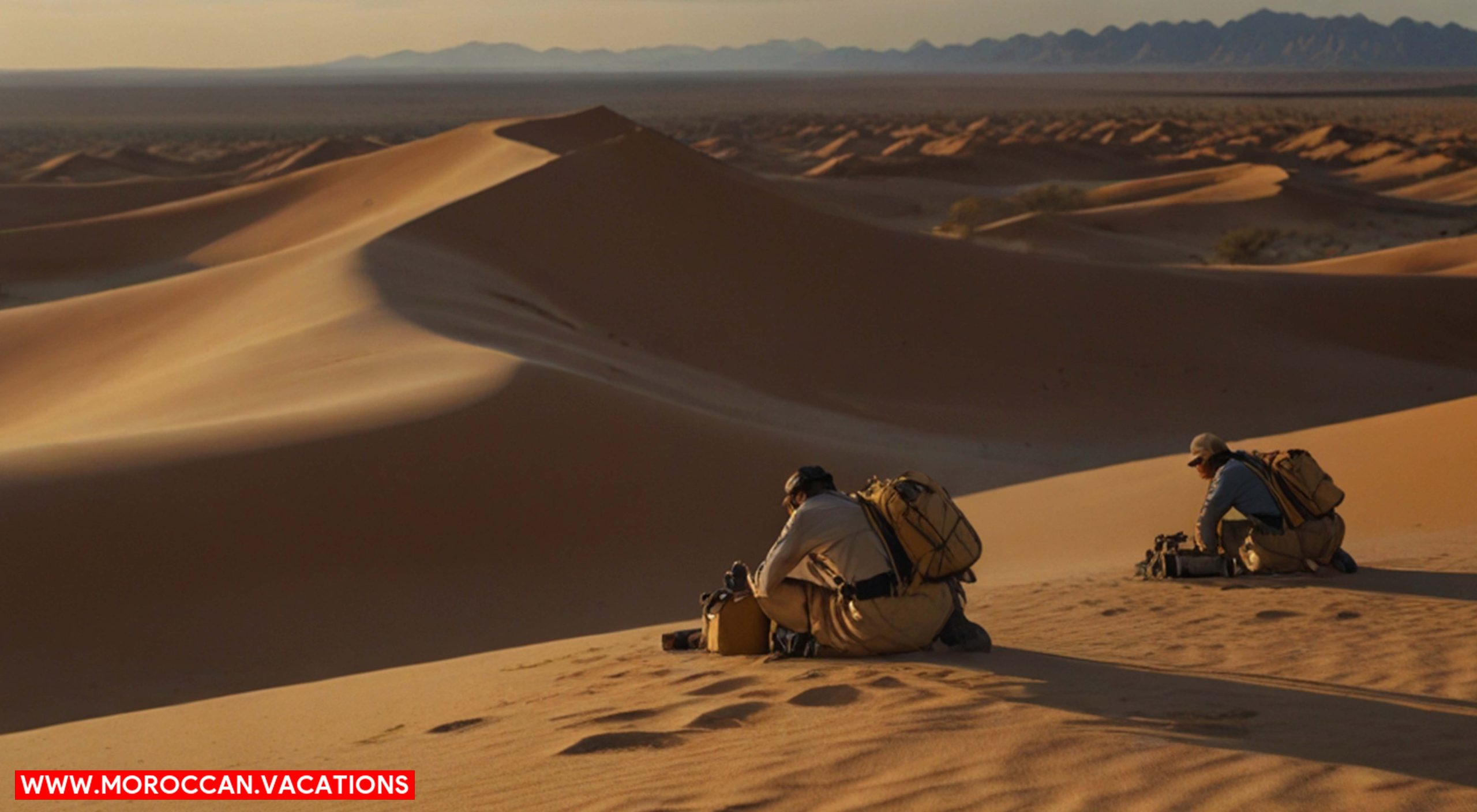

Before setting off on your Sahara photo adventure, it’s crucial to pack the right gear for capturing those breathtaking desert scenes. Your camera bag should be a balance of necessities without becoming a burden. Here’s a simplified table to guide you:
| Item | Purpose | Suggested Model |
|---|---|---|
| Camera | Capture high-quality images | Nikon D750 |
| Lens | Wide-angle shots | Sigma 24-70mm f/2.8 |
| Tripod | Stability for long exposures | Manfrotto Befree Advanced |
Your camera, the heart of your setup, should be a robust DSLR or mirrorless model, capable of withstanding the harsh desert conditions. A versatile lens, like the Sigma 24-70mm, is perfect for capturing sweeping dunes and vibrant sunsets.
Don’t forget a sturdy tripod for those long exposure night shots, revealing a sky bursting with stars. The Manfrotto Befree Advanced is lightweight yet stable, ideal for treks across sandy terrain.
Lastly, consider the little things that make a vast difference: lens cleaning supplies to fight off sand, extra batteries, and memory cards. Your Sahara odyssey awaits, and you’re now equipped to capture it in its full glory.
Navigating the Sahara’s Weather
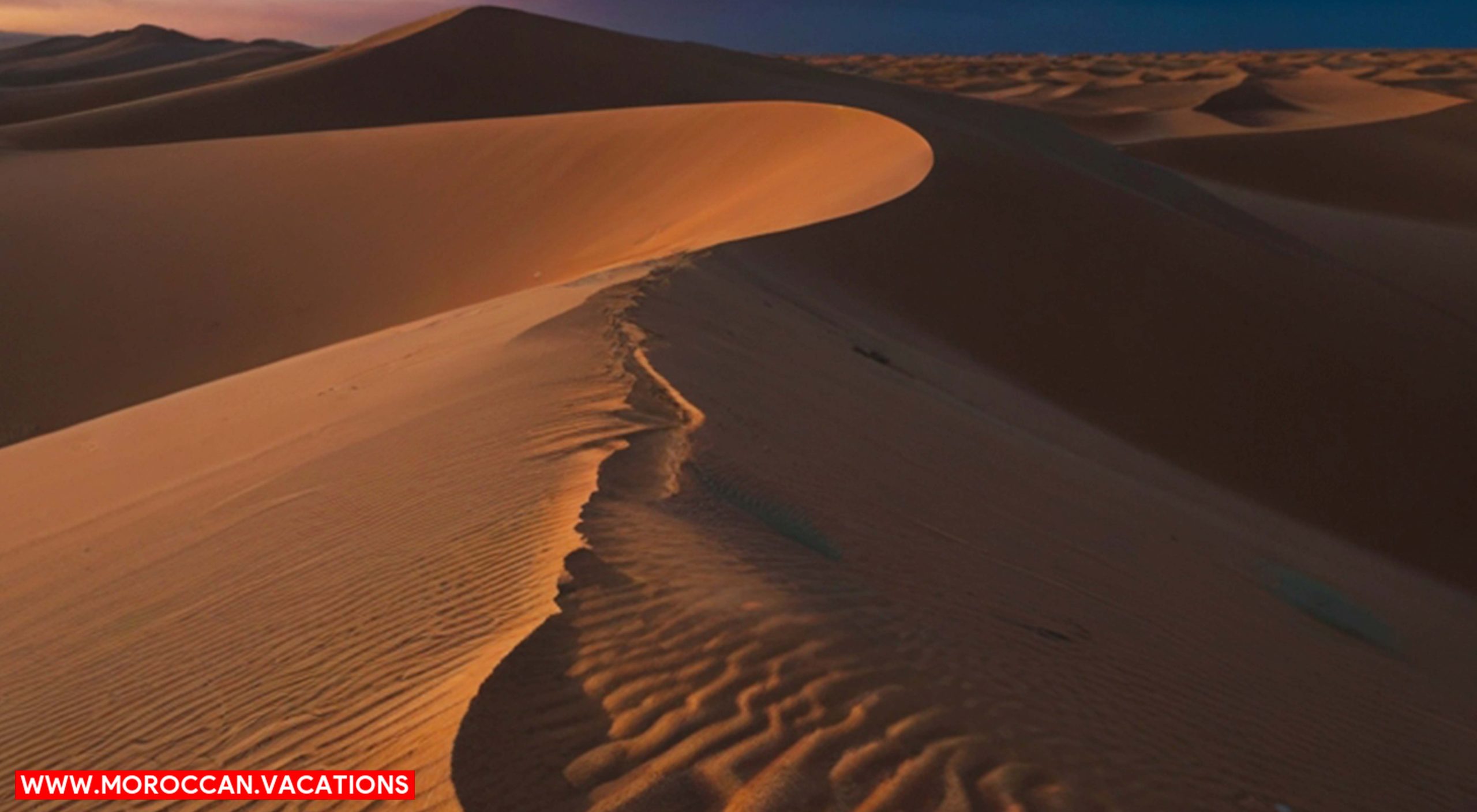

Once you’ve got your gear sorted, it’s time to tackle the unique challenges the Sahara’s weather will throw your way. Navigating this desert’s climate is a test of endurance and adaptability, but don’t worry, you’re more than capable of handling it with these tips:
- Expect Extreme Temperature Shifts: The Sahara is notorious for its scorching days and freezing nights. Layer your clothing to adjust easily.
- Prepare for Sandstorms: These can arrive without warning, so always have your gear protected. A wrap or a dust-proof bag will do the trick.
- Stay Hydrated: The dry desert air rapidly dehydrates the body. Always carry ample water and drink regularly, even if you’re not feeling thirsty.
- Use the Sun to Navigate: The Sahara’s vastness can be disorienting. Use the sun as your compass. It rises in the east and sets in the west.
Sahara’s Architectural Wonders
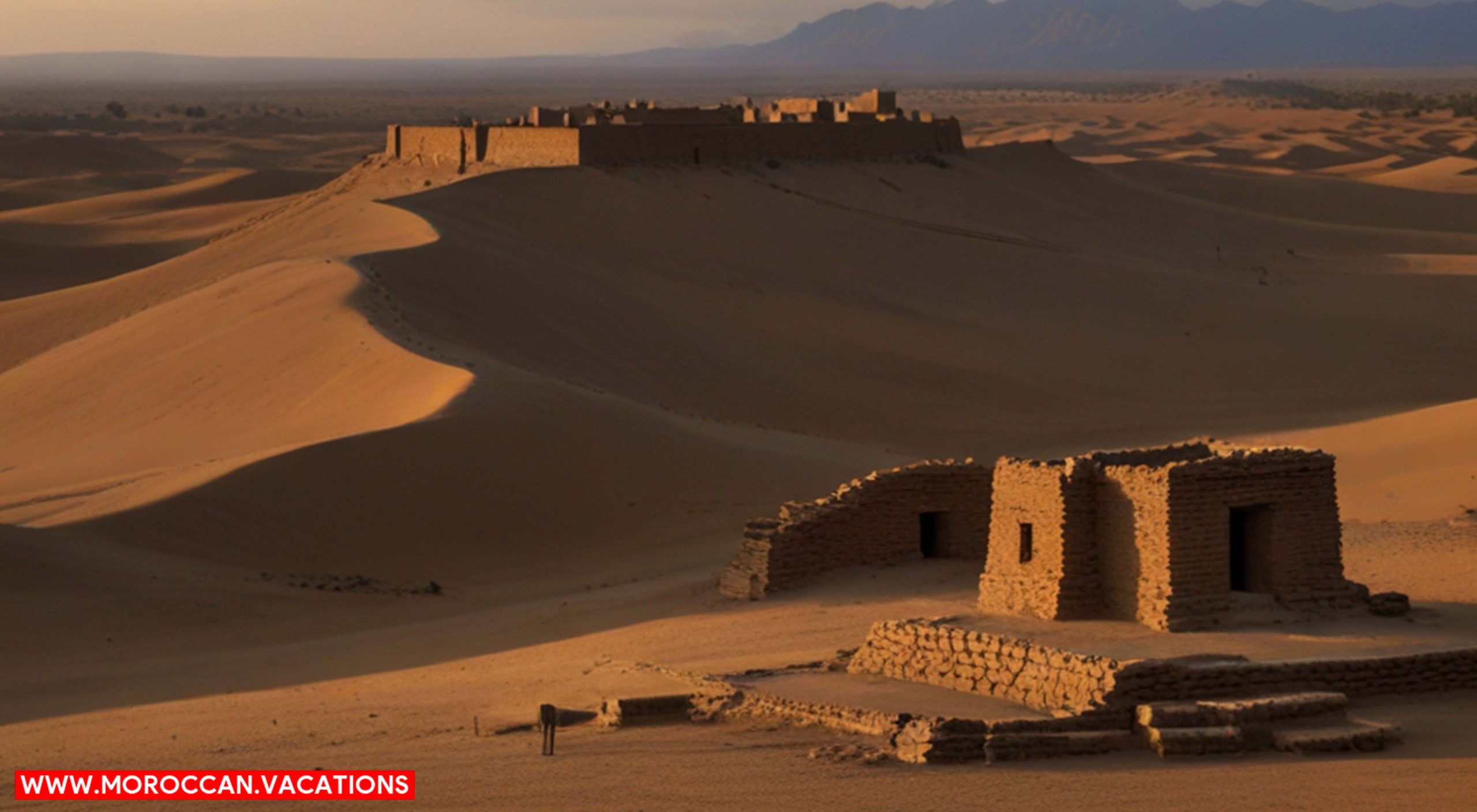

While you’re marveling at the Sahara’s dramatic landscapes, don’t overlook its architectural wonders that are equally captivating and ripe for your lens. These structures, crafted by the hands of indigenous people, tell tales of resilience and creativity in the face of harsh desert conditions.
Consider the ancient city of Chinguetti, a jewel of Mauritania. This UNESCO World Heritage site offers an array of stunning architectural elements from its historic mosque to its centuries-old libraries.
Or imagine capturing the sun-soaked walls of Algeria’s Casbah of Algiers, a labyrinth of winding lanes and white-washed houses, teetering on the edge of the Mediterranean Sea.
Don’t miss the chance to photograph the traditional mud-brick houses of Ghadames in Libya, a masterpiece of indigenous architecture that blends perfectly into the desert environment.
| Architectural Wonders | Location | Special Features |
|---|---|---|
| Chinguetti | Mauritania | Historic mosque, ancient libraries |
| Casbah of Algiers | Algeria | Maze-like lanes, white-washed houses |
| Ghadames | Libya | Mud-brick houses, desert architecture |
Embrace the freedom to explore, to discover, and to capture the essence of the Sahara through your lens.
Photographing the Sahara’s People
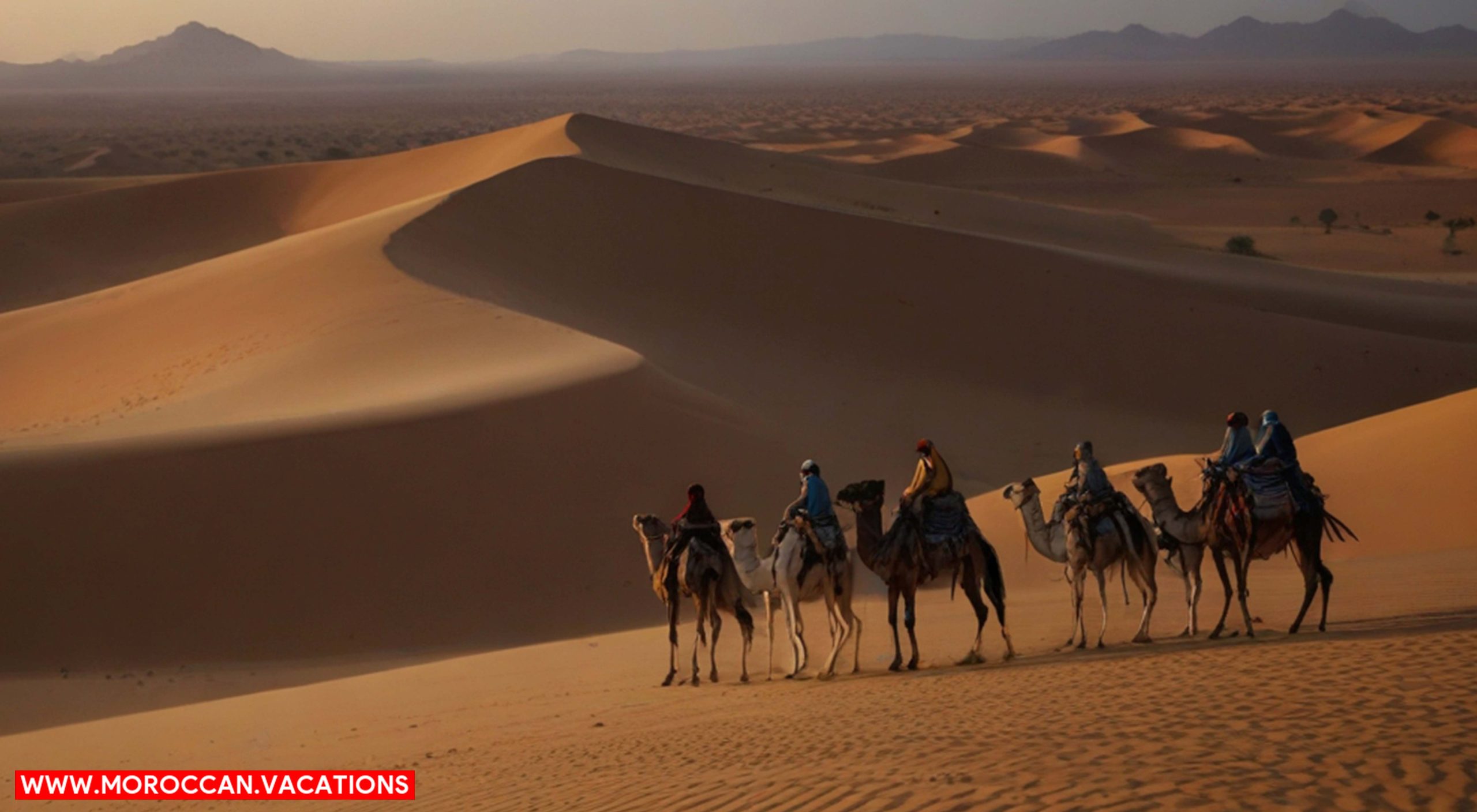

Shifting your focus from the architectural marvels, you’re now entering the realm of capturing the Sahara’s people, their vibrant cultures, and everyday lives. As you traverse the desert, you’ll come across a diverse mix of people, each with a story that’s waiting to be told.
- Meet the Nomadic Tribes: The Sahara is home to Berbers, Tuaregs, and other nomadic tribes. Their traditional attire, colorful tents, and camel caravans offer captivating subjects.
- Capture Daily Life: From bustling markets to tranquil oases, the Sahara life is truly unique. Try capturing women drawing water, children playing, or men tending to their livestock.
- Festivals and Celebrations: The Sahara’s inhabitants celebrate many festivals. These events, full of music, dance, and color, offer fantastic opportunities for dynamic photos.
- Portraits: Don’t forget to seek permission before clicking portraits. A smile, a glance, or a furrowed brow can say a thousand words.
As you embark on this photographic journey, respect their culture, and remember, you’re not just capturing images, you’re narrating stories. So, grab your camera, let your creativity run wild, and unleash the freedom that lies in the heart of every true photographer.
Post-Processing Your Sahara Images


After you’ve collected an array of captivating images, it’s time to step into the world of post-processing your Sahara shots. This phase is all about enhancing your raw images to better portray the colors, textures, and contrasts that make the Sahara breathtaking.
Here’s a quick guide to help you transform your photos:
| Before Post-Processing | After Post-Processing |
|---|---|
| Rough images, raw and untouched | Pristine shots that capture Sahara’s allure |
| Flat colors and dull lighting | Enhanced hues and balanced light |
| Ordinary compositions | Artistic, eye-catching renditions |
| Unequal exposure in different parts | Evenly exposed, perfectly lit images |
First, color correction is essential. Ensure your shots reflect the Sahara’s vibrant hues. Adjust the lighting to bring out the details, and balance the contrast to capture the Sahara’s dramatic landscapes.
Next, tweak the composition. Crop out distractions, and use the rule of thirds to enhance the focal points.
Lastly, address exposure. If parts of your image are too dark or too bright, tools like the dodge and burn can help.


Samira Amrani
The passionate author behind Moroccan Vacations, sharing her expertise and love for Moroccan culture, cuisine, and travel experiences to inspire wanderlust in every reader.
Related Articles
Lens on Nature: Hiking Trails in Chefchaouen for Photographers
Blue Alley: Capturing the Charm of Chefchaouen Photo by: @dunjasadaqi - Instagram Are you ready to immerse yourself in the breathtaking beauty of Chefchaouen? Lace up your hiking boots and grab your camera because this article is your ultimate guide to exploring the...
A Photographer's Delight: Capturing the Beauty of Marrakesh's Gardens
The History and Significance Discover the rich history and profound significance behind Marrakesh's stunning gardens as you delve into the secrets they hold. Marrakesh, the vibrant city in Morocco, boasts a unique blend of history and culture, evident in its...
A Photographer's Paradise: Exploring Scenic Hiking Trails Ideal for Photography in Chefchaouen
The Trail of the Blue City Step into a picturesque paradise, where scenic hiking trails await your lens. In Chefchaouen, a photographer's dream come true, you'll find hidden gems that will ignite your creativity. From the mesmerizing Trail of the Blue City to the...

